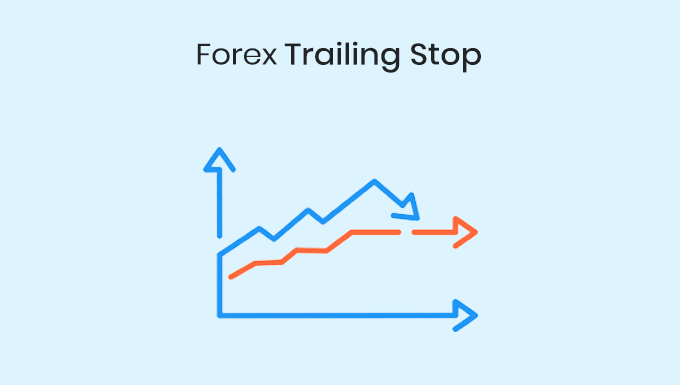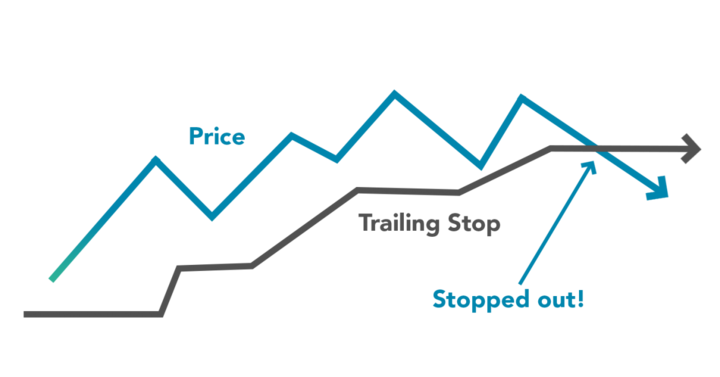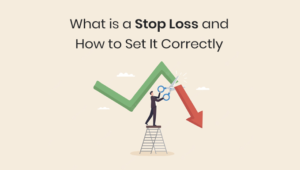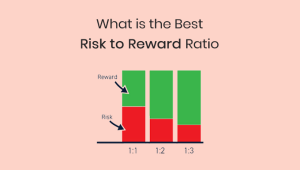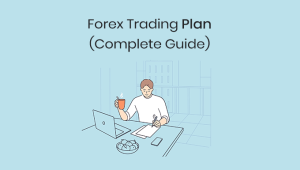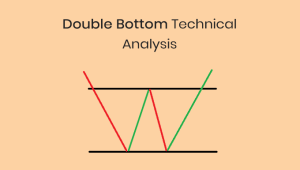Forex trailing stop is a dynamic type of stop loss that automatically adjusts with the market, offering both protection and potential profitability. This guide explains its basics, benefits, practical application, and potential limitations. Additionally, we’ll explore its comparison with traditional stop loss orders and address some frequently asked questions.
Basics of Forex Trailing Stops
Trailing stops in Forex trading refer to an order type that moves with the market price. As opposed to a fixed stop loss, which remains at a static price point, a trailing stop adjusts according to favorable price movements.
When traders opt for a trailing stop, they’re aiming to secure profits while still giving a trade room to run. For instance, if a currency pair is moving in a trader’s favor and gains by 10 pips, the trailing stop will also move up by the same 10 pips. However, if the price moves against the direction of the trade, the trailing stop remains stationary, potentially triggering an exit if the price reaches it.
Understanding how a trailing stop functions is crucial for Forex traders. It offers an automated approach to securing forex profits and limiting losses. However, its effectiveness relies heavily on the volatility and liquidity of the currency pair in question.
Benefits of Using a Trailing Stop
One of the primary advantages of using a trailing stop in Forex trading is its ability to allow traders to secure potential profits while the market moves in their favor. Instead of constantly monitoring and adjusting stop loss orders, a trailing stop automates the process.
Additionally, trailing stops can reduce the emotional aspect of trading. Decisions based on emotions, particularly fear and greed, can often lead to suboptimal trading results. By utilizing a trailing stop, traders can adhere to a predetermined strategy without the interference of emotions.
Furthermore, for traders who cannot constantly monitor their trades due to other commitments, trailing stops can be a valuable tool. They ensure that the trade has a level of protection even in the trader’s absence.
Lastly, by using trailing stops, traders can often participate in extended trends, allowing the potential for greater profit while still having a safety net in place.
Practical Application: How to Set Up a Forex Trailing Stop
Setting up a trailing stop in Forex trading largely depends on the trading platform in use. However, the general approach is quite similar across different platforms.
Initially, traders need to decide on the distance of the trailing stop from the current market price. This distance, often measured in pips, will determine how closely the stop follows the market. It’s essential to consider the currency pair’s volatility when deciding this distance.
Upon setting up a trade, the option to add a trailing stop is usually available within the order window. By specifying the desired distance, the trailing stop will activate once the trade becomes profitable by that same distance.
It’s essential to note that while the trailing stop will adjust upward with favorable market movements, it will remain fixed if the market turns against the trade. This automatic adjustment allows traders to potentially capitalize on continued positive trends.
Lastly, always ensure that the trading platform supports trailing stops and that they’re correctly set up before relying on them for trade management.
Limitations of Using Trailing Stops
While trailing stops offer many benefits, traders must also be aware of their limitations. In highly volatile markets, a trailing stop might get triggered prematurely, resulting in a trader being taken out of a potentially profitable position.
Another potential downside is that, during times of market gapping, the trailing stop might not execute at the exact level set by the trader. This discrepancy can lead to larger losses than anticipated.
Also, there’s the risk of over-reliance on automation. While trailing stops are a tool designed to help manage trades, they shouldn’t replace a comprehensive trading strategy. Relying solely on them without considering other market factors can be a mistake.
Lastly, not all trading platforms or brokers support trailing stops. Thus, it’s vital for traders to ensure they’re available and properly set up on their chosen platform before attempting to use them.
Comparing Trailing Stops to Traditional Stop Loss Orders
At its core, both trailing stops and traditional stop loss orders serve to protect a trader’s capital. However, their functionality and use cases can differ significantly.
Traditional stop loss orders are fixed at a specific price level. Once set, they don’t move, regardless of how the market performs. They’re excellent tools for determining the maximum amount a trader is willing to lose on a particular trade.
On the other hand, trailing stops are dynamic. They move with favorable market conditions, aiming to lock in profits while providing protection against adverse movements. This functionality makes them particularly useful in trending markets.
However, the decision to use one over the other isn’t necessarily a binary choice. Many traders incorporate both into their strategies. For instance, one might set a traditional stop loss upon entering a trade and then implement a trailing stop once the trade reaches a certain level of profitability.
Conclusion
Forex trading offers various tools and strategies to enhance profitability and manage risks. Among them, the trailing stop stands out as a versatile tool for both novice and seasoned traders. By understanding its basics, benefits, practical applications, and potential pitfalls, traders can better harness its power. Additionally, by comparing it to traditional stop loss orders, traders can make informed decisions about which tool best suits their strategy and market outlook.
FAQs
1. What is the ideal distance for setting a Forex trailing stop?
This largely depends on the trader’s risk tolerance and the specific currency pair’s volatility. Some traders prefer a tighter distance to protect profits, while others might opt for a more extended range to allow for natural market fluctuations. Analyzing the average daily range of the currency pair can provide insights into setting the distance.
2. Can trailing stops be used in all types of trading strategies?
While trailing stops are versatile, they might not be suitable for all trading strategies. For example, in range-bound markets where price oscillates within a set range, using a trailing stop might lead to premature trade exits. However, in trending markets, they can be invaluable.
3. How do trailing stops differ from “take profit” orders?
A “take profit” order is a predetermined exit point where a trader aims to close the trade for a profit. Once this price is reached, the trade automatically closes. A trailing stop, on the other hand, moves with the market to protect profits but does not have a fixed exit point. The trade will only close when the market price moves adversely by the set trailing distance.
4. Are trailing stops guaranteed to execute at the set level?
No, like other order types, trailing stops can be subject to slippage, especially in volatile market conditions or when there’s a market gap. This means the order might not execute exactly at the desired level, leading to potentially larger losses or smaller profits than anticipated.
5. Can trailing stops be manually adjusted once they’re set?
Yes, most trading platforms allow traders to adjust the distance of the trailing stop even after it’s been set. However, frequent manual adjustments might negate the primary benefit of a trailing stop, which is to remove emotions from trade management.
